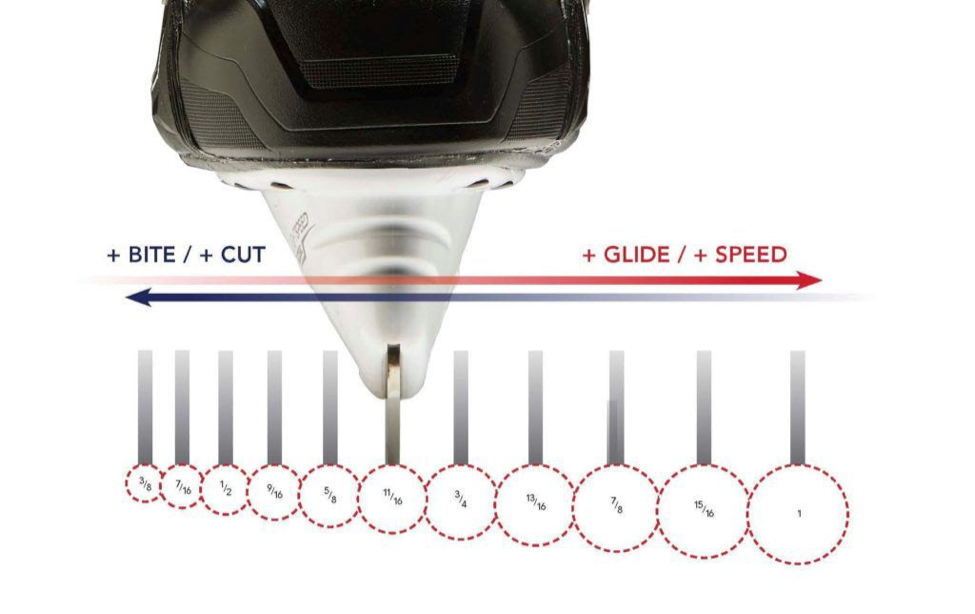You’d be hard pressed to find someone from my hometown who isn’t an ice hockey fan. Especially since the Pittsburgh Penguins have five Stanley Cup Championships to their name. As many hockey fans know, the sport has come a long way since it gained popularity in the mid-70s. In fact, it’s come so far that teams are now applying the principles of science to create the perfect blade.

The search for the perfect blade has led team managers to explore different sharpening techniques with surprising impact on the style of play or an athlete’s position. If you’re like me, this practice conjures Stephen Covey’s Habit 7: “Sharpen the Saw,” which means to seek continuous improvement and renewal professionally and personally.
Whether in the ice arena or business arena, smart leaders look for ways to fine tune their edge. For instance, consider Google’s search for the perfect team. Code-named Project Aristotle, Google pored over research, collected surveys and studied hundreds of teams throughout the company. While they ran into some initial head-scratching results, they persisted to reveal five elements that make teamwork effective. At the top of the list is psychological safety.
Never miss a post about leadership, transparency, and trust by signing up for my weekly mailing list, delivered right to your inbox. Sign up here.
According to Harvard Professor Amy Edmondson, psychological safety is a key determinant of the most effective teams. It is “the shared belief that a team is safe for personal risk-taking … that the team will not embarrass, reject or punish someone for speaking up.” Researchers on the Google project described two factors that make the biggest difference in creating psychologically safe settings for collaboration:
1) Equal air-time
Effective leaders create relatively equal speaking time among all team members within discussions. In other words, if you’re leading a meeting, are you exercising different prompts to engage everyone in the conversation? For example, “We’ve heard from Joe and Anne. What do you think, Tom?” or “We’ve heard from a few of you. Who else would like to weigh in?” Another technique to involve those who don’t feel psychologically safe yet is to involve them in creating the agenda or ask them to help facilitate if it’s appropriate.
Knowing isn’t doing.
2) Social sensitivity
This is team speak for backing up different work styles. For instance, you may have planners in the room mixed with folks inspired by eleventh-hour heroics. How do you respect everyone’s source of motivation while getting the job done? Another form of social sensitivity means drawing on the diversity of your group. You might have one team member who’s younger and brings a different generational view to the table, while another might have extensive experience from another country. Supporting these different perspectives yields better results.
According to Project Aristotle, knowing isn’t doing. Leaders need to sharpen their skills by practicing prompts and techniques to see which strategies work best. Like hockey players, if a blade isn’t working, switch it out and try one with a different edge. While you can’t have five Stanley Cup Championships, the group will appreciate your consistent efforts to improve team dynamics and secure big wins.
